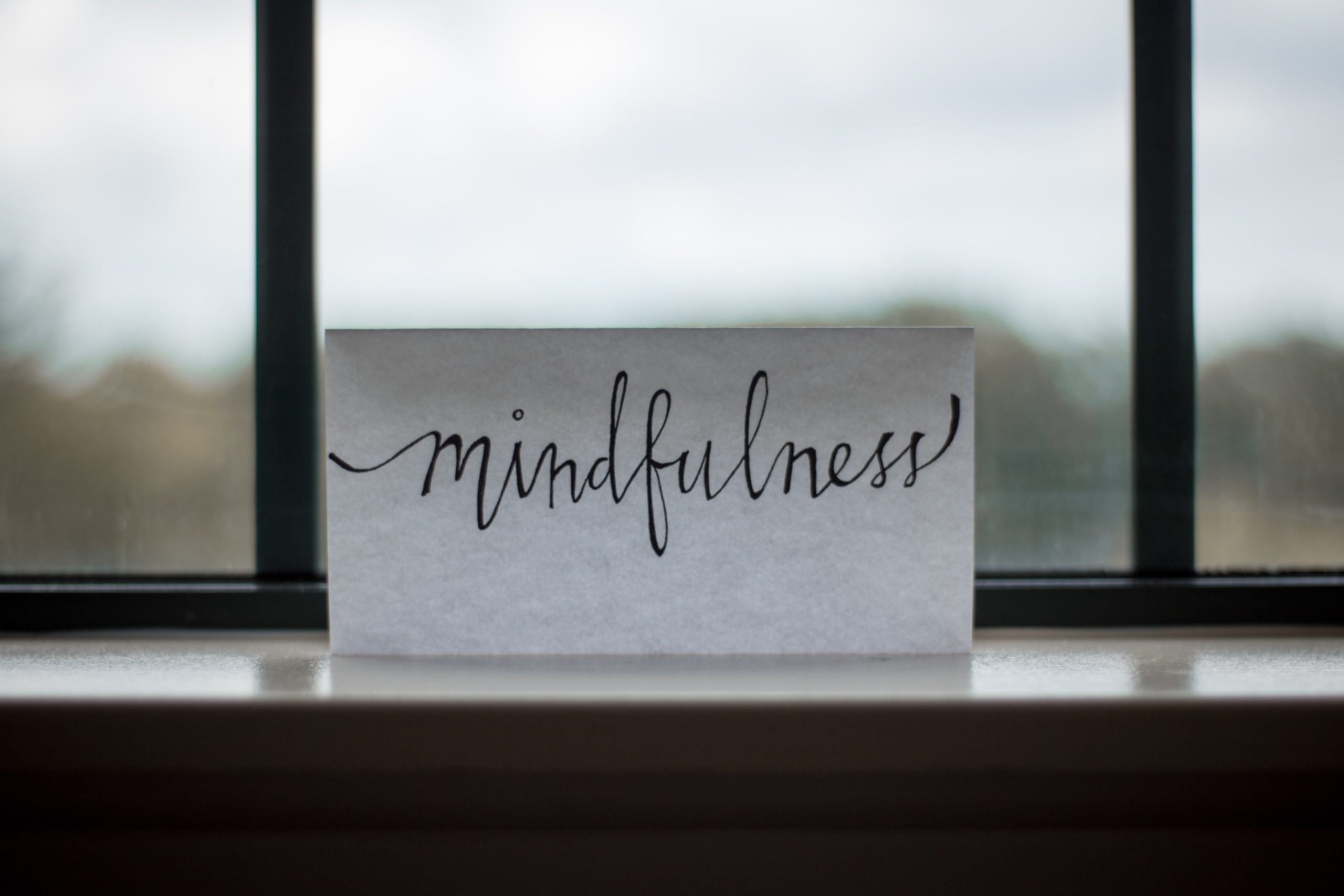Introduction
Are you tired of living with chronic pain? Do you feel like no matter what you do, the discomfort just won’t go away? It’s time to break the cycle and find some relief. Chronic pain can be debilitating and affect your quality of life, but there are ways to manage it. In this blog post, we’ll explore tips for finding relief from chronic pain so that you can live a happier and healthier life. Let’s get started!
What is Chronic Pain?
Chronic pain is defined as pain that lasts for more than 12 weeks. It can be caused by an injury, a medical condition, or a mental health condition. Chronic pain can make it hard to do everyday activities, such as going to work or taking care of the house. It can also lead to emotional problems, such as depression and anxiety. There are many treatments available for chronic pain, but finding the right one can be a challenge.
Causes of Chronic Pain
There are many different causes of chronic pain, and it can often be difficult to pinpoint the exact source of your pain. However, some common causes of chronic pain include:
-injuries or damage to the musculoskeletal system, such as back injuries or arthritis
-nerve damage or damage to the nervous system
-chronic inflammation
-hormonal imbalances
-autoimmune disorders
-gastrointestinal issues
If you are suffering from chronic pain, it is important to see a healthcare professional to determine the underlying cause of your pain. Once the cause is determined, you can work on finding relief and breaking the cycle of chronic pain.
Tips for Finding Relief
If you’re dealing with chronic pain, you know how debilitating it can be. The constant aches and pains make it difficult to get through the day-to-day tasks of life. You may feel like you’re stuck in a never-ending cycle of pain.
But there is hope. There are things you can do to find relief from chronic pain. Here are a few tips:
1. Get active. Exercise is one of the best things you can do for chronic pain relief. It helps to increase endorphins, which are natural painkillers produced by the body. It also helps to improve flexibility and muscle strength, which can help to prevent further injuries.
2. Manage your stress levels. Stress can aggravate pain, so it’s important to find ways to manage it. Try relaxation techniques such as deep breathing or meditation. Exercise can also help to relieve stress.
3. Eat a healthy diet. Eating healthy foods helps your body to function at its best and can reduce inflammation, which can contribute to pain. focus on eating plenty of fruits, vegetables, whole grains, and lean proteins. Avoid processed foods, sugary drinks, and excessive alcohol consumption.
4. Get enough sleep. Sleep is essential for healing and repair of the body tissues. When you don’t get enough sleep, it can worsen pain levels. Make sure to get 7-8 hours of quality sleep every night
When to Seek Help
If you’re in pain that is not relieved by over-the-counter medication and at-home treatments, it’s time to see a doctor. There are many different types of doctors who can help with chronic pain, including primary care physicians, pain specialists, physiatrists, and osteopaths.
Your doctor will ask about your medical history and medications you’re taking, as well as conduct a physical examination. They may also order tests, such as X-rays or MRI scans, to rule out other conditions. Once a diagnosis is made, your doctor will work with you to develop a treatment plan.
Treatment for chronic pain often includes a combination of medication, physical therapy, and lifestyle changes. Medications used to treat chronic pain include over-the-counter drugs like ibuprofen and acetaminophen, as well as prescription drugs like opioids and antidepressants. Physical therapy can help improve range of motion and strengthen muscles to ease pain. Lifestyle changes such as losing weight, quitting smoking, and increasing exercise can also help reduce chronic pain.
If you’re struggling to cope with chronic pain on your own, there are also various support groups available to help. These groups provide emotional support and practical advice for dealing with chronic pain.
Conclusion
Chronic pain can be a debilitating condition, but it doesn’t have to be. With the right strategies and treatments, you can break the cycle of chronic pain and find relief. From breathing exercises to physical therapy, there are many ways to manage your pain and improve your quality of life. Educating yourself about these tips for finding relief is an important first step towards breaking free from chronic pain. We hope this article has been helpful in providing you with some useful resources that will help you on your journey towards overcoming chronic pain.










